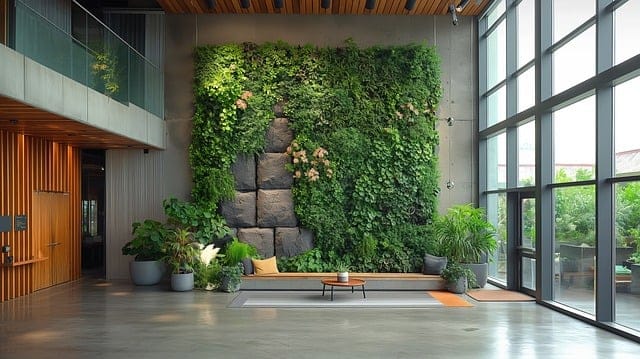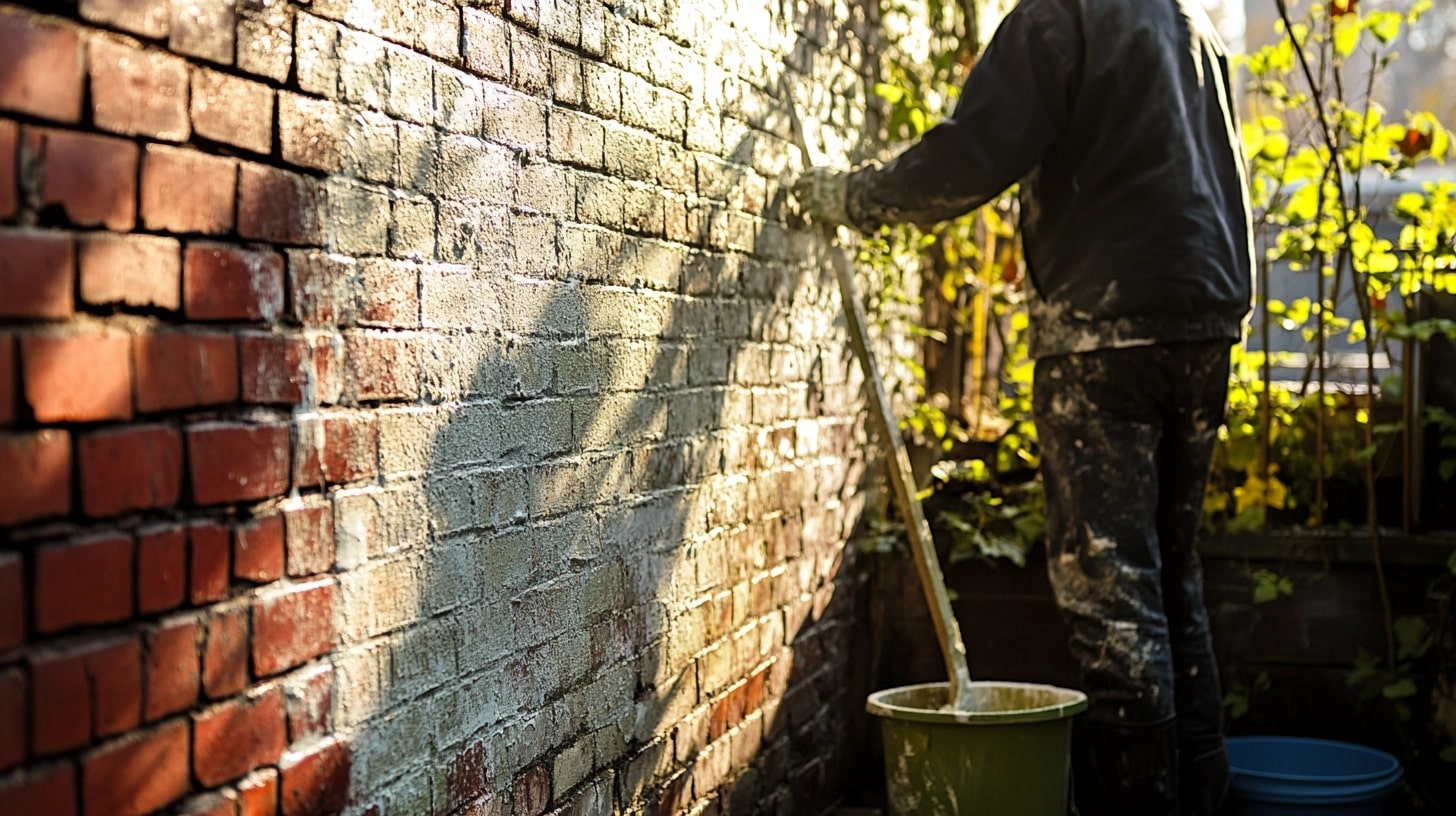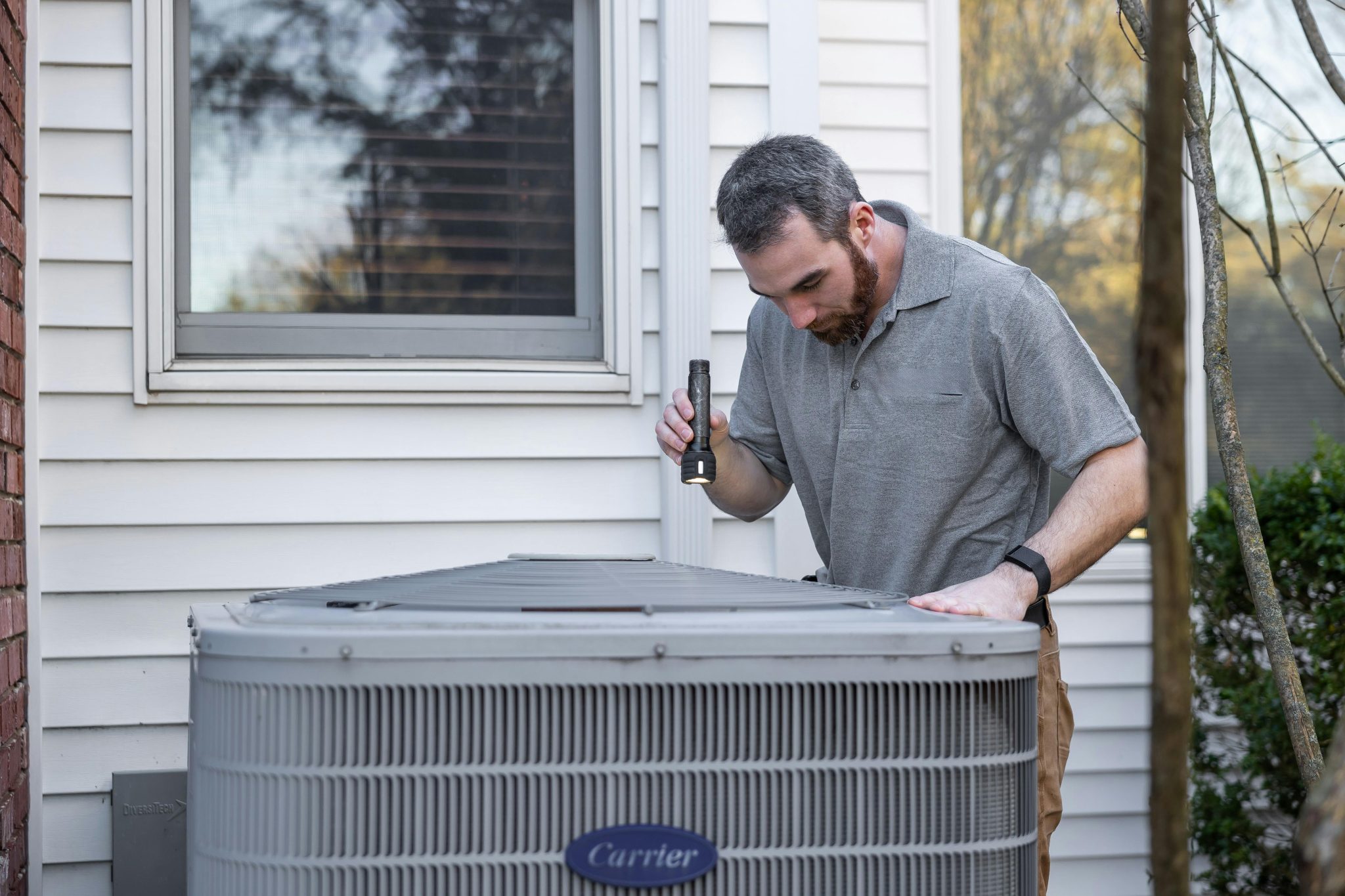Creating a Healthy, Eco-Friendly Home: Simple Swaps for Cleaner Living
A healthier, more eco-friendly home doesn’t require an expensive remodel or a radical lifestyle change. Small choices, like purifying indoor air, shopping at an organic food shop, and swapping out conventional cleaning products, significantly impact personal well-being and environmental sustainability. Whether you own your home or rent, simple, intentional changes can create a cleaner, greener living space that feels just as comfortable as it is responsible.
In this guide, you’ll find practical, easy-to-implement tips to create a home that promotes well-being while reducing environmental impact.
Purifying Your Indoor Air Naturally

The air inside a home often contains pollutants from furniture, cleaning supplies, and everyday activities like cooking. Houseplants offer a natural solution, filtering out toxins while infusing the space with a bit of natural beauty.
Certain plants stand out as exceptional air purifiers, actively removing harmful compounds and boosting oxygen levels. Snake plants, peace lilies, and spider plants are among the best plants for improving indoor air quality. Besides their air-purifying properties, they elevate the appeal of whatever room they’re in.
One overlooked tactic is opening your windows every day to help fresh air circulate throughout your home and remove indoor pollutants. HEPA filter air purifiers can enhance air quality by filtering allergens, dust, and pet dander out of your home’s atmosphere. Beeswax candles are also a great option as synthetic air fresheners since they produce negative ions when they melt, binding to airborne pollutants and further improving indoor air quality.
Household humidity levels also influence indoor air quality. Balance is key—too much humidity invites mold, while too little can make breathing uncomfortable. Using a dehumidifier in damp areas or adding a humidifier in winter months balances humidity for a healthier home.
Choosing Non-Toxic Cleaning Products
Many household cleaners contain harsh chemicals that can irritate the skin, trigger respiratory issues, and contribute to long-term health concerns. These products also leave behind residues that linger in the air and on surfaces. Switching to plant-based, biodegradable cleaners eliminates these risks while maintaining a spotless home.
If you’re considering safer cleaning solutions, here are some excellent options:
- Plant-Based All-Purpose Cleaners: Tough on dirt but gentle on the environment, these cleaners work without harmful additives.
- DIY Cleaning Solutions: With just vinegar, baking soda, and essential oils, you can handle most household cleaning needs.
- Lemon Juice: Its acidity and aromatic oils act together as a natural disinfectant and deodorizer.
- Castile Soap: A versatile cleaner free from synthetic additives, perfect for various surfaces.
- Natural Laundry Detergent: Free from synthetic fragrances and dyes, its mild ingredients make it a safe option for sensitive skin.
- Wool Dryer Balls: A reusable, chemical-free option that keeps laundry soft and reduces environmental impact.
- Fragrance-Free Cleaning Products: These eliminate artificial scents to improve indoor air quality and reduce phthalate exposure.
- Products With Transparent Ingredients: Transparency ensures a safer environment for those living in your home, including pets.
Making the switch to non-toxic cleaning products not only benefits your health but also reduces your ecological footprint. Whether opting for ready-made eco-friendly solutions or creating DIY alternatives, these choices promote a safer, cleaner, and more sustainable home environment.
Reducing Waste and Embracing Sustainability
Household waste can build up quickly, often without realizing its environmental impact. Mindful choices, like ditching single-use items, add up to a bigger environmental impact.
Reduce, reuse, and rethink—these tips will help you create a more sustainable routine.
- Swap Single-Use Items for Reusable Alternatives: Use microfiber cloths, reusable paper towels, and biodegradable sponges instead of disposable options.
- Opt for Refillable Dispensers: Reduce plastic waste by using refillable soap and detergent bottles. Many brands offer refill stations or concentrated products to minimize packaging.
- Invest in Energy Efficiency: Choose LED light bulbs, energy-efficient appliances, and smart thermostats to lower energy consumption without sacrificing comfort.
- Adopt Sustainable Habits: Unplug electronics when not in use and wash laundry with cold water to conserve energy.
- Compost Food Scraps: Reduce landfill waste while creating nutrient-rich soil for gardening.
- Switch to Bamboo or Recycled Paper Products: Use eco-friendly tissues and toilet paper to support sustainable efforts further.
- Shop Sustainably: Buy bulk food items with minimal packaging, bring reusable bags, and choose products made from recycled materials to cut down on household waste.
Living sustainably starts with small, impactful choices. Besides lessening your environmental impact, these habits set a positive example for others.
Sustainable Home Decor and Furnishings
Beyond cleaning and waste reduction, furniture and home decor choices influence indoor health and sustainability. Choosing second-hand or sustainably sourced furniture, such as reclaimed wood, bamboo, or recycled components, helps minimize waste and promote sustainability.
Additionally, organic cotton or linen bedding reduces exposure to pesticides and synthetic dyes in conventional textiles. Wool and jute rugs offer natural, chemical-free alternatives to synthetic floor coverings.
When painting or remodeling, choosing paints and finishes low in volatile organic compounds (VOCs) improves air quality and reduces off-gassing from harmful chemicals. Incorporating natural light with sheer curtains instead of artificial lighting also saves energy and creates a calming ambiance.
Adding indoor greenery beyond air-purifying plants enhances aesthetics and well-being. Living walls, herb gardens, or even small potted plants in the kitchen create a closer connection to nature while promoting relaxation and mindfulness.
Conclusion
Creating an eco-conscious home is about making better, more responsible choices, one step at a time. Purifying the air with houseplants, switching to non-toxic cleaning products, and reducing waste are simple yet effective ways to live sustainably. Adding energy-efficient appliances, choosing sustainable home decor, and making conscious purchasing decisions contribute to a greener lifestyle.
These changes don’t require a drastic shift; just small steps that lead to a cleaner home and a better future for the planet.






